Turtle
THE FACTS ABOUT SNAILS
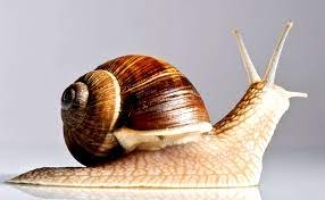
Introduction
One of the earliest animal species in the planet is the ancestor of the snail. Early gastropods have been documented as fossils from the late Cambrian, which indicates that they existed close to 500 million years ago.
Snails come in a variety of varieties, but whether they are aquatic or terrestrial determines how they differ fundamentally. The former are adapted to dwell in the sea or freshwater bodies, whilst the latter only exist on land, albeit in humid environments.
Since all land snails are gastropod mollusks, they all belong to the same phylum of animals called Mollusca, which includes octopuses. They all belong to the same class, Gastropoda, which also contains slugs and snails. Snails lack internal skeletons and bones because they are mollusks, but they are nonetheless protected.
Gastropods don’t need a lot of food, and they can adapt to a range of habitats. Many academics find it to be incredibly fascinating how they have been able to continuously evolve to withstand the circumstances around them.
Gastropods are of the group of invertebrate animals known as mollusks, which has a soft, unequally segmented body that is occasionally protected by an exoskeleton or shell. Squids, octopuses, clams, cuttlefishes, and other creatures are among those found in this phylum, Mollusca. Gastropods include both snails and slugs. Therefore, despite the fact that slugs lack a protective shell, they are closely linked.
Gastropod status
Snails’ spiral shell, which they carry on their backs, is their most distinctive physical characteristic. It is a rigid structure made of calcium carbonate that guards its internal organs and soft body. One of these organs is their lung because aquatic snails only have a few species that breathe air, but land snails breathe air from the atmosphere that then travels into a lung to obtain oxygen.
Snails are prevalent around the planet. In reality, when it comes to the number of recognised species, gastropods rank in second place, only behind insects. They live in a wide variety of habitats and have distinct feeding preferences as a direct result of this, making them widely distributed.
Snails can find a huge variety of environments on Earth. You have undoubtedly discovered small snails climbing up a plant stem or leaf as well as behind a stone. They can persist in undeveloped areas or locations where people congregate, including public gardens and parks.
They are many and extremely diverse. There are between 85,000 to 150,000 mollusks, and 80–85 percent of these are gastropods. Consequently, there are more than 60,000 species of them in the world.
The size of land snails varies widely. There are land snails that can grow to about 12 inches in length, including the Giant African Land Snail, an African unique species, but many of them are only a few inches long and frequently weigh only a few ounces.
Despite having no legs, snails can move because of a “muscular foot” that relies on wave motions to move the snail from one location to another. With the aid of the “mucus” that the snail secretes to slide on all types of surfaces, preserve its wetness, reduce friction, and avoid harm to their body, this movement is safer and smoother for snails.
Undoubtedly, land snails move quite slowly. Depending on the species, they move forward at a rate of between 0.5 and 0.7 inches per second. Another characteristic that has made it well-known is its slowness, and some individuals have learned how to toy with it. For instance, snail racing is a common event in the UK! Can you picture having to wait until they cross the finish line? It lasts much shorter than it might seem.
Slime, a lubricant that snails generate to enable them to move on any surface without harming their bodies, is a trail that they leave behind when they move. Land Despite not having any hearing at all, snails have sight and smell organs. Their most vital sensory organ, their sense of smell, aids them in finding food.
Snails are most busy at night, you’ll notice. They could also emerge in the early morning hours.
It’s intriguing to study snails’ biology. For instance, the majority of snails are hermaphrodites, meaning they have both male and female reproductive organs at the same time. However, they typically mate with a partner in the “conventional” manner. The hatchlings emerge from their eggs a few weeks after mating and laying eggs, little and vulnerable against numerous sly predators like beetles, birds, turtles, and even other snails. There are some exclusions. Every member of certain species falls into one of the sexes, male or female.
Snails typically live 3 to 7 years in the wild, but in captivity, they can live up to 10-15 years or even longer.
Calcium carbonate is the main component of snail shells, which continue to expand as the snail grows. When the snail reaches adult size, they keep adding more calcium carbonate to the edge.
Land snails have been consumed by humans for centuries, though not always. In some regions of Europe, including France and Spain, where they are regarded as a delicacy, they are common in gastronomy. However, caution must be exercised when eating them because some snails have parasites that, when ingested by humans or other animals, can result in life-threatening illnesses. Therefore, basic hygiene practises should be followed when handling land snails, especially those found in the wild, to prevent serious illnesses like meningitis and others.
Snails are regarded as pests when they proliferate and harm crops, or when they negatively impact local fauna or people. When some animals reach adult hand size, their feeding requirements inevitably rise as well. For this reason, it’s crucial to heed the advice given regarding how to handle and take care of snails.
Snails are much more than just a shell, to sum up. Land snails are a topic we cover on this website. As a result, we omit all freshwater and marine snails from our discussion and limit it to shelled terrestrial gastropod mollusks.
Definitions:
the Cambrian era about 540 and 585 million years ago, during the Paleozoic era.
Invertebrate. species of animals without a spinal column.
Exoskeleton. An animal’s external skeleton serves to protect its body.
Hermaphrodites a living thing with both male and female reproductive organs.
Turtle
Discovering the Enchantment of Turtle Back Zoo
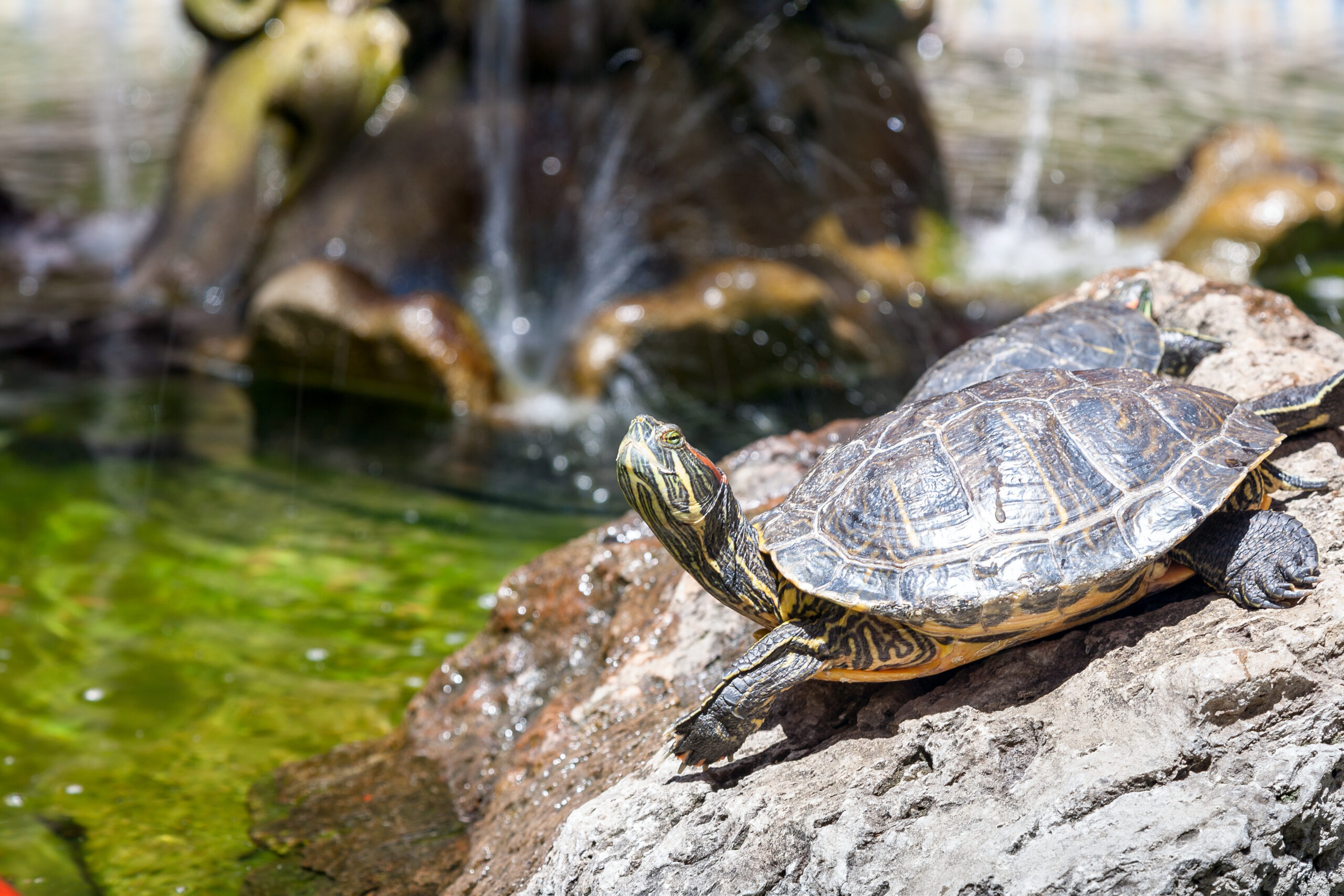
Turtle Back Zoo stands as a testament to the beauty and diversity of the natural world. Since its inception, this beloved zoo has captivated visitors with its commitment to conservation, education, and providing a home to a fascinating array of animal species. Let’s embark on a virtual journey to uncover the magic of Turtle Back Zoo.
History and Evolution
The roots of Turtle Back Zoo trace back to the early 20th century, evolving from a reptile collection in the late 1950s to the accredited zoological park it is today. Named after the nearby Turtle Back Rock, the zoo has undergone significant transformations, expanding its exhibits and facilities while prioritizing the welfare of its inhabitants.
Exhibits and Wildlife Encounters
From the majestic big cats to the playful penguins, Turtle Back Zoo offers an immersive experience for visitors of all ages. Visitors can wander through diverse habitats such as the African Adventure, where giraffes gracefully roam, or the Tropical Currents Aquarium, teeming with aquatic wonders from around the globe.
The zoo’s emphasis on conservation is evident in its efforts to house endangered species and educate the public about their plight. Encounters with Amur leopards, red pandas, and snow leopards highlight the critical need for wildlife preservation.
Educational Initiatives and Outreach
Education lies at the heart of Turtle Back Zoo’s mission. Through interactive programs, guided tours, and informative exhibits, the zoo aims to inspire a deeper appreciation for wildlife and promote conservation efforts. Schools and groups often participate in specially tailored programs that provide insights into animal behavior, habitat conservation, and environmental stewardship.
Conservation Efforts and Sustainability
Beyond its role as a recreational space, Turtle Back Zoo actively contributes to global conservation efforts. Collaborating with various organizations, the zoo participates in breeding programs for endangered species, conducts research, and supports initiatives aimed at protecting natural habitats. Additionally, the zoo prioritizes sustainable practices, implementing eco-friendly measures to reduce its environmental footprint.
Community Engagement and Events
The zoo serves as a hub for community engagement, hosting events, workshops, and seasonal celebrations. From summer concerts to Boo at the Zoo during Halloween, these events offer families a chance to connect with nature while enjoying entertaining activities. Community partnerships also play a crucial role, fostering a sense of shared responsibility for wildlife preservation.
Future Endeavors and Expansion
Looking ahead, Turtle Back Zoo continues to evolve, with plans for further expansion and enhancement of exhibits. The zoo aims to introduce new species, upgrade facilities to provide enhanced habitats, and implement cutting-edge technologies for both animal care and visitor experience.
Conclusion
Turtle Back Zoo stands as a testament to the wonders of the animal kingdom and the importance of conservation. With its dedication to education, conservation, and providing a safe haven for wildlife, this New Jersey gem offers visitors a glimpse into the beauty and diversity of our natural world while emphasizing the need for collective action in preserving it for generations to come. Whether you’re a wildlife enthusiast, a family seeking adventure, or someone passionate about conservation, Turtle Back Zoo offers a captivating experience that inspires, educates, and fosters a deeper connection to our planet’s remarkable biodiversity.
Turtle
PetSmart Crabs – The Right Way to Care For Your Pet Crabs
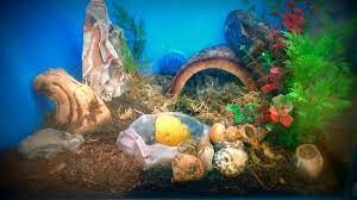
There are a number of things that you should keep in mind when you are looking for PetSmart crabs to purchase for your pet. Some of these factors include their cost, how long they will live for, and how to care for them. Also, you should consider the type of tank that you will use for them.
Life expectancy
When it comes to hermit crabs, PetSmart is probably the first place you think of. They are relatively inexpensive and can be fun to keep. If you want to find a store near you, you can check out their website.
Although the company has an online presence, you can usually get a good deal by visiting a local brick and mortar store. You can also take a look at their website to see if they have any special deals going on.
There are several things to consider before deciding which hermit crab to purchase. The life expectancy of your pet depends on how well you care for it. For example, a hermit crab’s life span will depend on how well you maintain its terrarium. It also requires proper ventilation, humidity, and fresh water.
Other considerations include the size of the tank you choose. The size of the tank is largely determined by how many crabs you wish to house. For instance, a 10-gallon tank will fit a couple of males and one or two females. However, a larger tank may be a better option if your crabs are aggressive.
Feeding habits
If you’re looking to buy your first pet, chances are you’ve done your research. You may have even consulted with an employee at your local pet store. They are supposed to be the role models for responsible pet care. However, what is the right way to treat your petsmart hermit crab?
There are a few tricks of the trade to keep your hermit happy and healthy. The most important is creating a home environment that will make them feel safe and secure. This means providing them with a suitable habitat with plenty of room to explore.
One of the best ways to do this is to provide them with an adequate supply of fresh water. Water temperature and salinity should be adjusted to suit your crab’s needs. Make sure to also feed your hermit a variety of fresh fruits, veggies, and grains.
Another way to ensure your pet is in good health is to provide it with a well-lit environment. While you may not want to put your hermit under the spotlight, a little natural lighting can go a long way towards ensuring your pet’s well being.
Cost of a crab tank
Red Claw Crabs are relatively easy pets to keep for beginners. They require an aquarium tank with a capacity of 10 gallons. However, you’ll also need a reliable filtration system.
Purchasing a tank with a filtration system is a necessary component of red claw crab care. It helps to keep the salinity and pH levels in check, and can help prevent any toxicity in the water.
Red Claw Crabs are sensitive to the water they live in. If the conditions in the tank are poor, they will be stressed and may even become ill.
Crabs need a lot of room to move around and to molt. They should have a tank that is about 60 cm wide. This will allow them to move easily, but also give them enough space to burrow under the substrate.
Hermit crabs need plenty of water. You should change about 10 percent of the water in your tank every week.
Appropriate tank mates for a Vampire Crab
Vampire crabs are a great addition to your aquarium. They are small creatures that are easy to care for and can be very attractive. However, it is important to keep them in the right environment so that they can thrive.
If you are considering getting a vampire crab, it is essential to understand its unique requirements. For instance, they are very sensitive to changes in water quality and temperature. Therefore, you must keep them in a clean and well-maintained tank.
The ideal tank for vampire crabs should be about 10 gallons. This will give them plenty of space to move around. Also, they prefer to live in groups.
Aside from the tank, you should also add plenty of plants. These can be of several types. You may even want to add floating plants.
In order to keep a healthy tank, you should change 40% of the water in the tank every month. You can also add a humidifier to maintain the desired level of humidity.
Turtle
8 Best Filters For Turtle Tanks
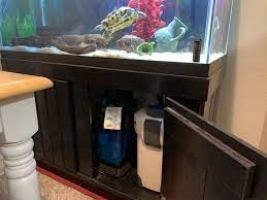
- Canister filters: These filters are powerful and efficient, and are great for larger turtle tanks.
- Power filters: These filters are easy to install and maintain, and are suitable for smaller turtle tanks.
- Underwater filters: These filters are designed to be placed inside the tank, and are great for keeping the water clean and clear.
- Hang-on-back filters: These filters are easy to install and maintain, and are suitable for both small and large turtle tanks.
- Sponge filters: These filters are simple and efficient, and are great for keeping the water clean and clear.
- Box filters: These filters are great for larger turtle tanks, and are designed to be placed outside the tank.
- Bio-filters: These filters are designed to promote the growth of beneficial bacteria, which help to keep the water clean and clear.
- UV sterilizers: These filters use ultraviolet light to kill harmful bacteria and parasites, and are great for keeping the water clean and clear.
Aquatic Turtle Filters & Pumps
are simple and efficient, and are great for keeping the water clean and clear.
Pumps:
- Submersible pumps are designed to be placed inside the tank, and are used to circulate the water and increase oxygen levels.
- External pumps are designed to be placed outside the tank, and can be used in conjunction with a filter to increase water flow and oxygenation.
- Air pumps can be used to provide additional oxygen to the water, and can also be used to power undergravel filters or create a current in the tank.
It’s important to choose the right filter and pump for your turtle tank based on the size of the tank and the number of turtles, as well as the specific needs of the species of turtle you are keeping. It’s also important to regularly maintain and clean the filter and pump to ensure they continue to function properly.
Mechanical filtration: this type of filtration uses materials such as sponge or filter pads to physically remove debris and particulate matter from the water.
Biological filtration: this type of filtration uses materials such as bio-balls or ceramic noodles to promote the growth of beneficial bacteria that break down waste products and other contaminants.
Chemical filtration: this type of filtration uses activated carbon or other chemical media to remove dissolved impurities and odors from the water.
Some filters also include a UV sterilizer, which uses ultraviolet light to kill harmful bacteria and parasites in the water.
Overall, turtle filters help to maintain a healthy environment for the turtles by keeping the water clean, clear, and free of harmful contaminants. It’s important to choose the right filter for your turtle tank based on the size of the tank and the number of turtles, as well as the specific needs of the species of turtle you are keeping.
-
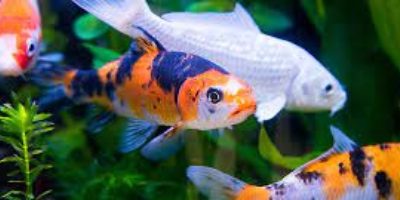
 Exotic1 year ago
Exotic1 year agoChoosing Koi Fish From Petsmart
-

 Dog2 years ago
Dog2 years agoPomeranian Dog Best Bread Information
-

 Turtle2 years ago
Turtle2 years ago8 Best Filters For Turtle Tanks
-

 Turtle2 years ago
Turtle2 years agoPetSmart Crabs – The Right Way to Care For Your Pet Crabs
-

 Exotic10 months ago
Exotic10 months agoBuying a Bearded Dragon For Sale From PetSmart? Read This First
-

 CAT1 year ago
CAT1 year agoBuying a Whisker City Water Fountain
-

 Login10 months ago
Login10 months agoanimal shelters near me
-

 Dog2 years ago
Dog2 years agoLarge Münsterländer And Its Breed In 2022
